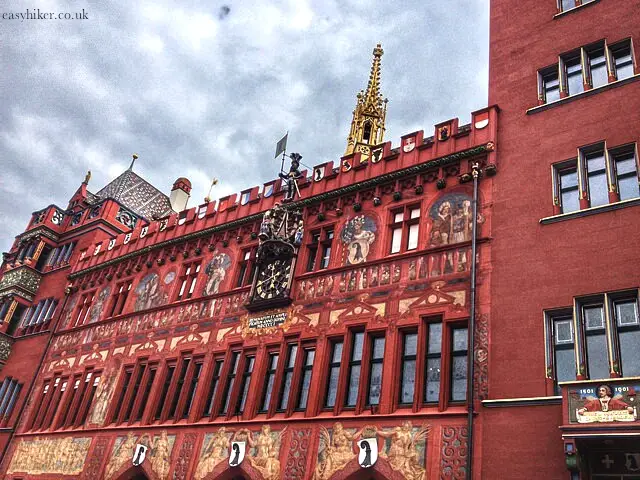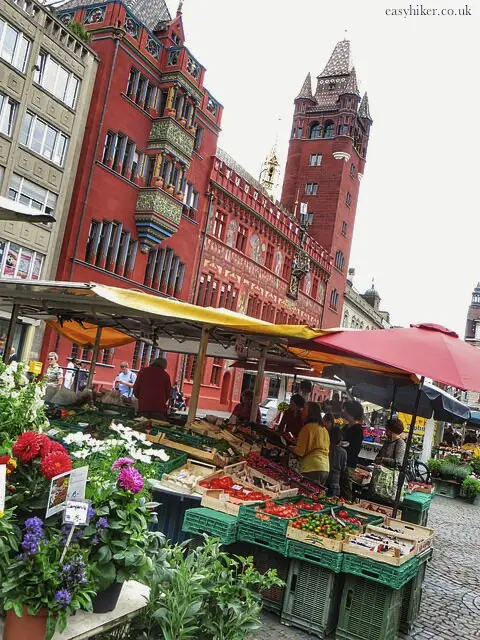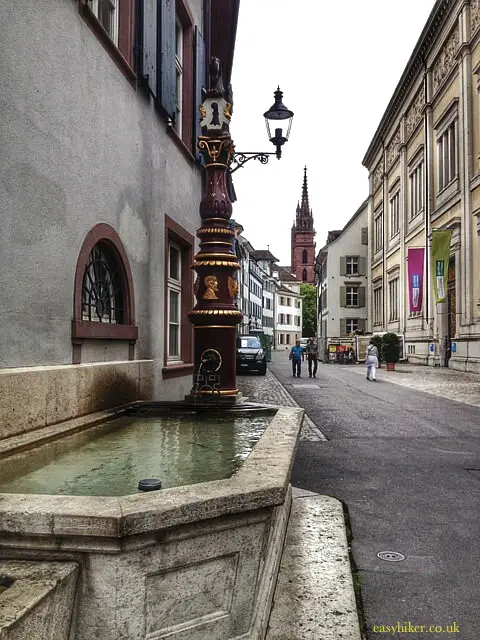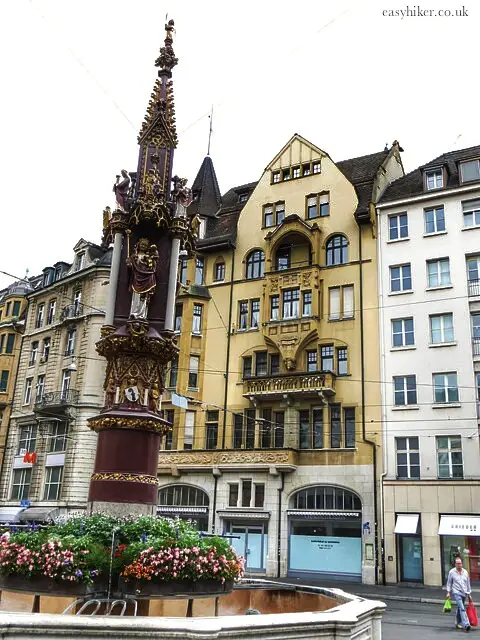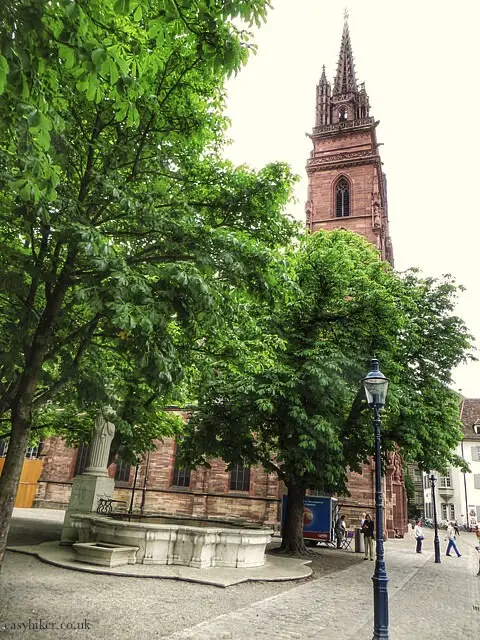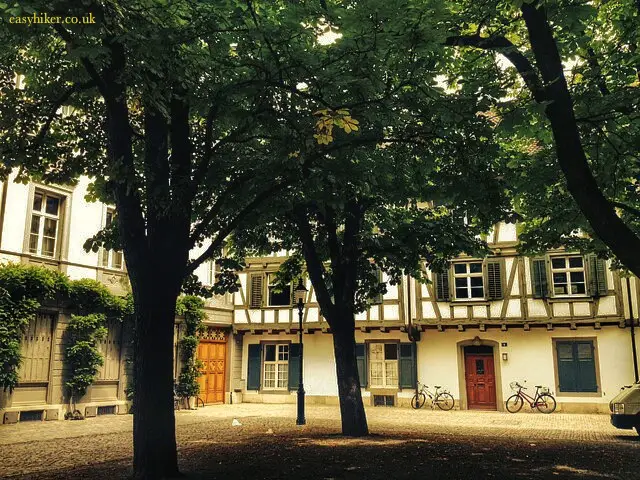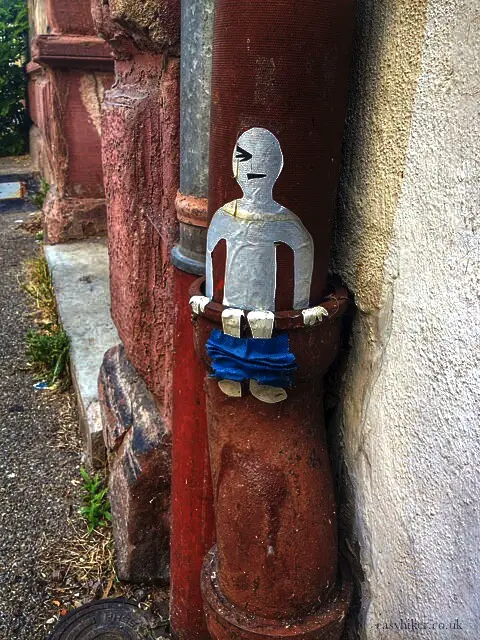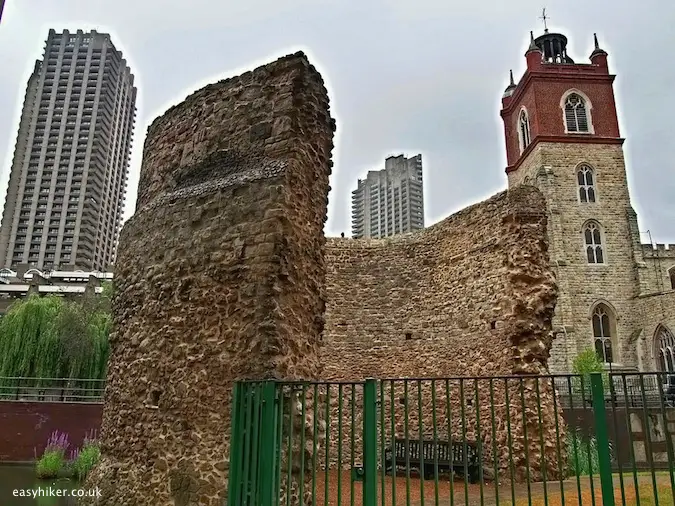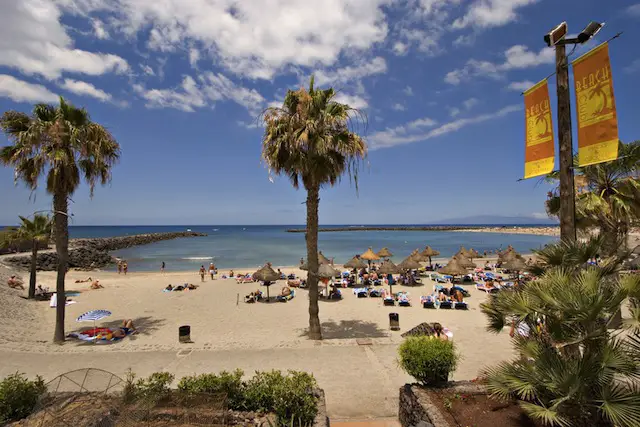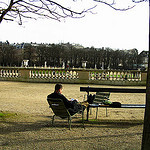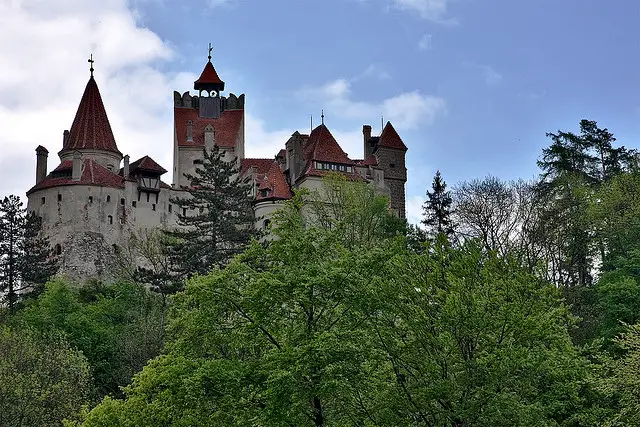Switzerland’s gateway to Europe and the river Rhine is the place to visit for medieval architecture, modern art and overpriced burgers.
Variety is king when it comes to taking “a break within a break”: that’s what I said in our last post.
And your best bet for seeing and experiencing something different during a holiday break of any kind is and remains – even in the era of European integration – a hop across a national border.
It is true that most European borders are a bit blurry. Nearly all border regions, after all, have gone back and forth several times from one country to the other over the centuries. Still, borders do matter.
Take the coastal region shared by Italy and France, for example: the French and the Italian Rivieras are very similar in many ways, and both regions have more in common with one another than either side has with Marseille or Turin, never mind Paris or Calabria, but nobody who crosses the frontier will fail to notice the changes in landscaping and architecture.
The same is true, in my observation, nearly everywhere in Europe.
As a “guarantee to see something different” after our recent hiking trip to the Black Forest, we picked a short hop across the frontier to Switzerland. Actually, we had already considered the possibility when making our travel arrangements, deciding to fly home from Basel airport, which is rather conveniently located for the Black Forest (roughly two hours “door-to-door”, or “hangar-to-hiking-trail”) and well served by budget airlines.
You may also want to take into account that Basel’s central train station (Basel SBB) is covered by German Rail’s various cheap day pass tickets (such as the Baden-Württemberg Ticket ), so all you will need to spend extra on your travel is the fiver for the airport-to-station shuttle bus.
What to see and do with two hours in Basel
From Basel SBB train station, you should head in the direction of the river Rhine, on whose banks the Old Town was built in the Middle Ages and which is still a major factor in the commercial life of modern-day Basel (the city accommodates Switzerland’s only major cargo harbour).
Walk across the little garden in front of the station, the Elisabethenanlage, and continue down Elisabethenstrasse. (Swiss German looks like standard German when written, except that there is no “ß” as in “straße”; when spoken, however, it sounds more like Inuit.)
Turn left into Steinenberg for the Barfüsserplatz, the “barefeets’ square”, a reference to the Franciscan monks who built a large monastery here in the 13th century, one of the order’s earliest outside of Italy. Many of the houses on the far side of the square can trace their ancestry back to the same period.
Continue straight into Leonhardsberg and turn right at the first corner into Gerbergasse which will lead you to the city’s market square where farmers have been selling their produce to the citizens of Basel for 800 years.
The shape and the scale of the Town Hall – in the back of the picture – reflect the taste of the late 19th century, when the building received its most recent facelift, but the central block including the small golden turrent date from its original construction in 1507 (and the clock is from 1511).
The conundrums of medieval art are also reflected by the Fischmarkt fountain, around the corner on the far side of the market square. Parts of it are (probably) from the 14th century, but the fountain was reworked in 1468, 1578, 1618 and again in 1851, at the peak of the Gothic Revival period. Nobody can tell for sure which of the fountain’s many features are from which period, so feel free to work it out on your own.
Turn right to Mittlere Brücke. The modern bridge’s medieval predecessor was, at the time, the only permanent bridge across the Rhine between its source and the North Sea.
The bridge was funded by the city’s Jews, and as a sign of Basel’s gratitude, they were nearly all executed 100 years later when the City Fathers found them “guilty of having engineered the outbreak of the Black Death.”
Now it’s time to walk up Rheinsprung lane to the Basler Münster, the city’s cathedral.
Basel was an important centre of learning for the late medieval church – the Council of Basel started here in 1431 and was terminated almost ten years later with the election of Catholicism’s last antipope, Felix V – and a hotbed of the reformation in the 16th century.
Walk around a little to explore the area, the city’s most picturesque, …
… before descending down Rittergasse and past the Basler Kunstmuseum (modern-day Basel is a major centre for the arts, also as the host town of the globally important Art Basel show) back into Eisabethenstrasse.
Finally, a few words of general advice if you want to take a day trip to Switzerland. The Swiss, with their pick-and-choose attitude to the EU, have decided to join the “border-free travel zone” of the Schengen Agreement (which makes it easy to arrive in Basel), but not the Euro.
Practically, this means that all businesses in Basel accept Euro as a means of payment but not all businesses are prepared to give you your change back in Euro as well.
Also note that one Euro is worth about 20 percent more than one Swiss Franc, but shops generally only subtract 10 percent from the locally denominated bill.
Prices in Switzerland are rather higher than in the neighbouring countries. The differences may not be very large or apparent for items such as clothes, partly because it is very difficult to compare like with like, but they are rather striking for food.
You will get little for under 20 Swiss Francs, and prices at sit-down restaurants generally start somewhere in the mid-20s range (without drinks).
We went to a burger chain and paid nearly 40 Swiss Francs for two. The day before, across the border in Germany, we had two pizzas with a big carafe of red wine for little more than half that.
Remember that one in every 7 people in Switzerland has a net worth of $1M, and take into account that they don’t have that from giving anything away for free.
This also applies to any “free” Internet offer that we found: before they consider to connect you, they make you jump through a whole series of hoops, asking you to register and to tick this box and that, so there is some suspicion that they half expect you to throw in the towel before they have to cough up the goods.
Overall, we did not regret having made the trip to Basel and would not discourage anyone from doing the same, but we would advise you that you should perhaps not expect to be overwhelmed by the city’s (and country’s) charm, grace and generosity of spirit.

